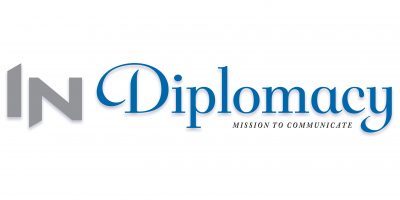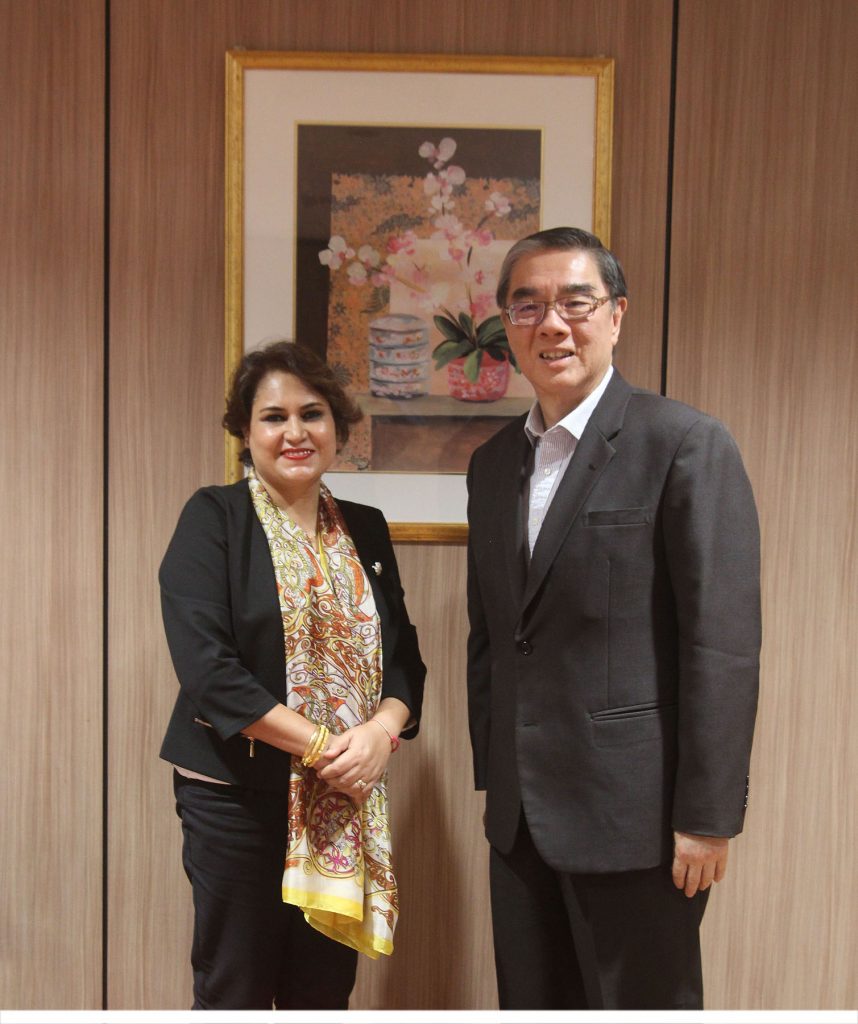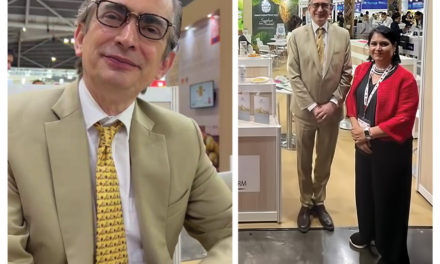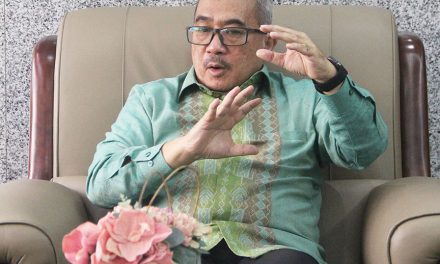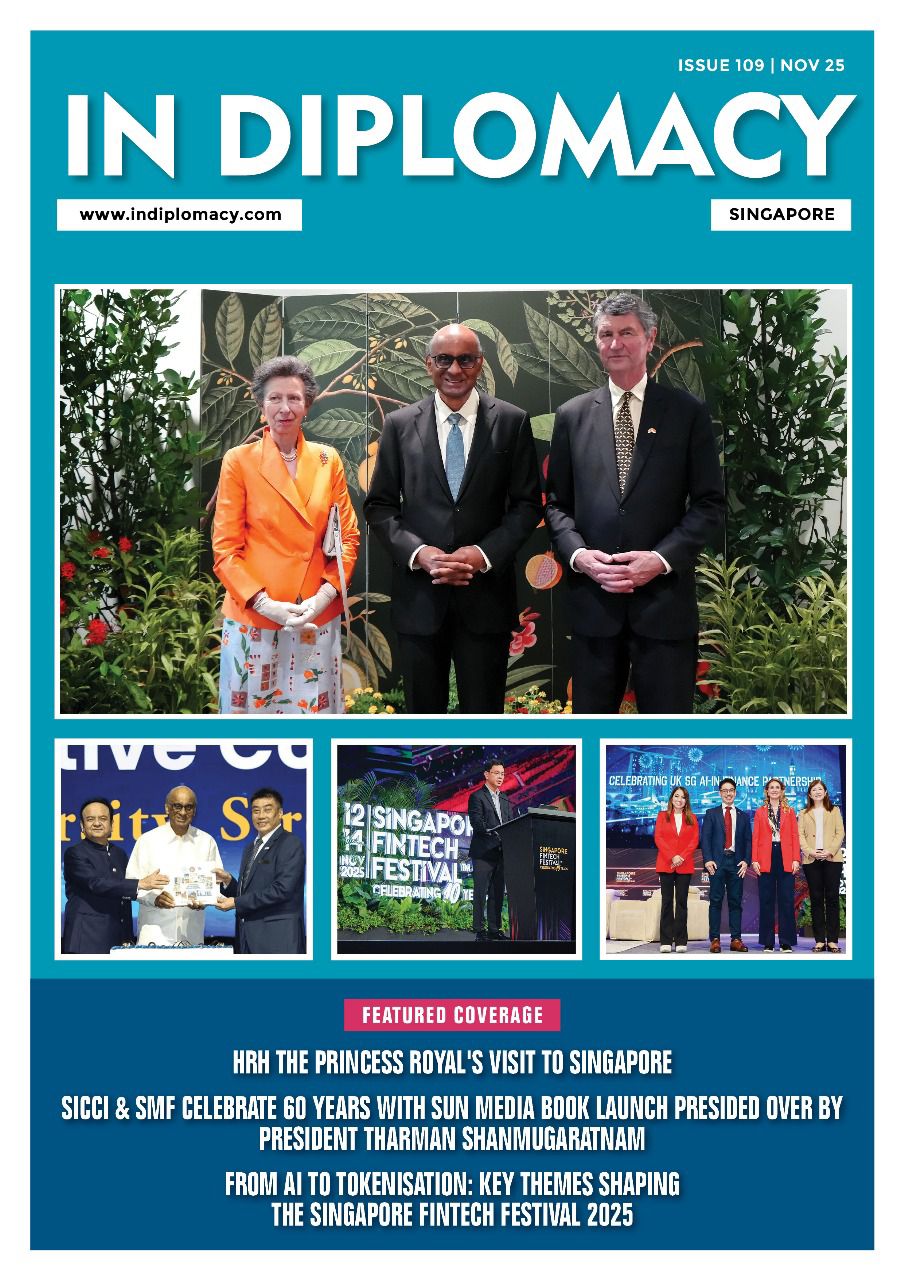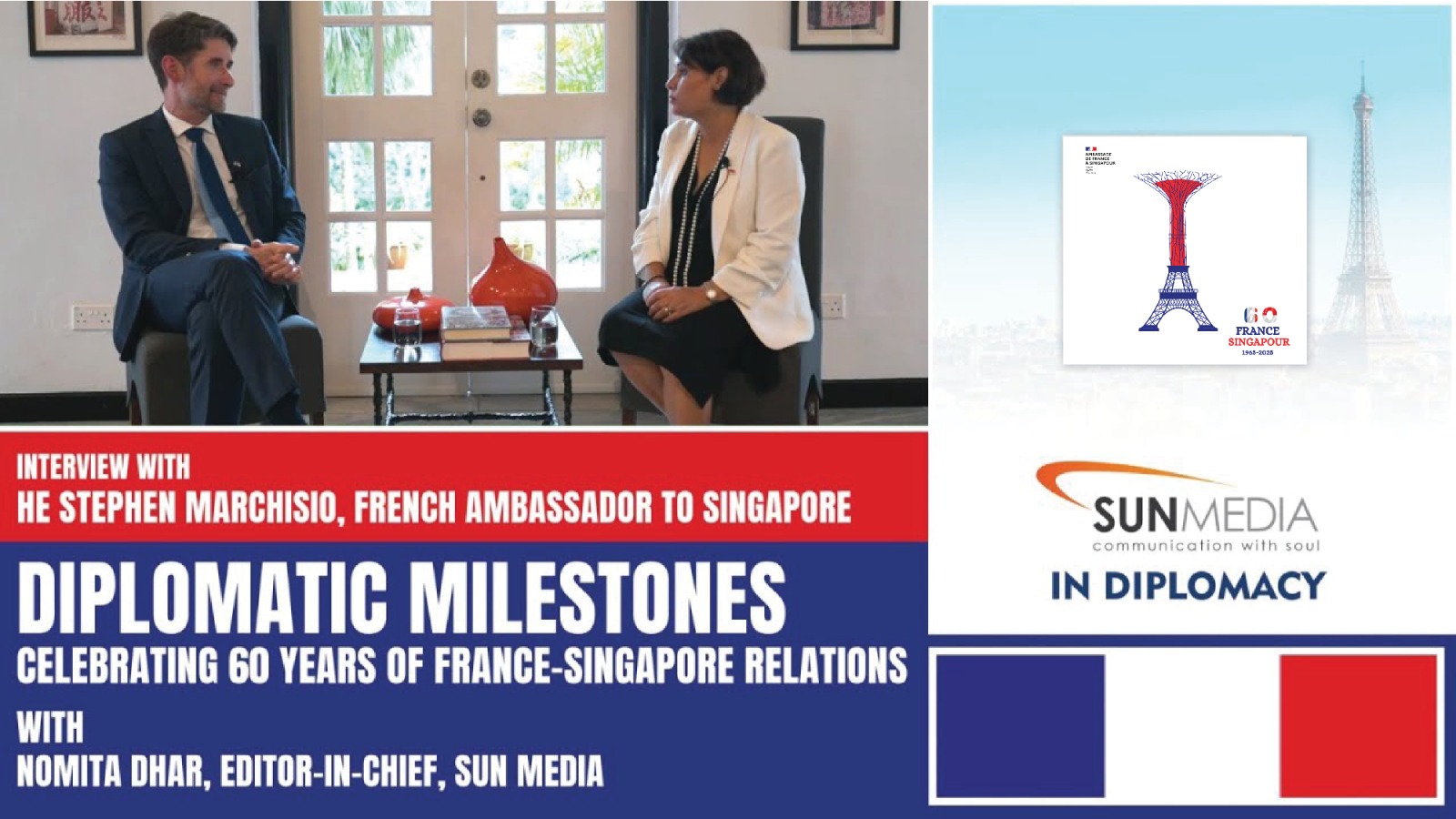H.E. Ong Keng Yong is currently the Executive Deputy Chairman of the S. Rajaratnam School of International Studies at the Nanyang Technological University in Singapore and concurrently Ambassador-at-Large at the Singapore Ministry of Foreign Affairs. He has also served as Secretary-General of ASEAN. In the light of the celebration of 25 years of ASEAN-India relations he opens up to IN Diplomacy’s Editor-in Chief, Ms Nomita Dhar, about how it is a time of deep reflection and renewed engagement on ASEAN-India prospects as dialogue partners of the future in these challenging times.
Singapore is ASEAN Chair now. This important body has had a huge impact on the world and now we have the presence of all the great powers here today. What in your opinion is behind the rise of ASEAN in the past 50 years?
Firstly, we are in Asia and Asia, as you know, is very much in the news now. We are a huge market. The region has been witnessing the rise of a huge middle class and this segment of the population requires considerable goods and services from the developed countries. The feeling of most business conglomerates, scholars and political leaderships is that this is the market of the future and its growth is sustainable, which is also the reason so many foreign companies are here. The challenge for us is to live up to their expectations. Sometimes I feel that ASEAN is under a lot of pressure because of the whole scenario of the region being seen as a vibrant, dynamic region in the world with certain expectations, that in certain categories and areas of Asia, it will do well. The ASEAN market is indeed very good and the growth prospects are also very positive at around 5%. Even the smaller economies, like Singapore and Brunei, are growing. Singapore hovers around 3 per cent.
Not only are we a good market with a growth potential, what’s worth noting is that over the past 5 years you can see a steady outward FDI from the ASEAN countries into other markets. In 2016 we saw an outward FDI of US$ 35billion going into countries in Asia as well as in Europe. So that’s going to be something worth watching, because I believe we can only grow much further. The improving economy in Asia as well as in Malaysia, in Singapore, in Thailand, means more FDI moving out of the region to other regions such as India, Europe and America.
The second important trend is that SE Asia’s economy as a whole is digitalizing much faster than any other region in the world. As we see this digitalisation-driven economy growing, there will be even more FDI in and out of ASEAN.
The ASEAN chairmanship comes with a lot of responsibility as well as potential opportunities. What would Singapore like to draw the attention of the world to during its tenure?
SE Asia is a good place to invest, to do business. It is very much part of the world, not a backwater of the global geography. In the case of Singapore, we are very aware of our responsibilities. Our government has done a lot for the population and we feel that Singaporeans can show they can be big-minded and surely a part of ASEAN. Singapore, because of its knowledge-based bias, is in a position to find solutions to issues of urbanisation and future growth. We are a problem solving state; we have a problem-solving mentality. We enjoy a reputation as a problem-solving country which has gained currency over the past 10 years. We are a think-tank state and when we look at an issue we look at the future. We must give hope.
I think the more important thing is that we should take this one year of chairmanship to demonstrate that Singapore is part of SE Asia. Now you are in the internet of things you can’t say you are alone. We have been plugged into the cyber world. Still we have not come to that level of sharing our success with people around us. We still have that old mentality of one-upmanship, which is something Singapore must overcome. We must look at ourselves as part of a whole, a part of a larger eco-system. It is important that we start thinking about this. Why? Because most of the younger generation are plugged into the cyber world which is borderless. They should not think of themselves as just Singaporeans. We must find a way to reduce this self-absorbed mentality. We may be a small entity but we know how to be effective. We know we can be successful serving the ecosystem. This one year of chairmanship of ASEAN is too short a time to change it all, but it’s a beginning to change one’s mentality.
How has the diversity of ASEAN member state impacted on various issues of ASEAN cooperation as well as threats against the existence of the body as an effective regional body?
The inherent strength of ASEAN lies in the fact, ever since it was established, that we will not do anything to disturb the peace. ASEAN would like to work with everyone in the region as everyone has agreed on the fact that peace is to the benefit of everybody. ASEAN Member States and the non-Southeast Asian countries will want to find a way to avoid open conflict. Everyone knows that it will not be good for the region, for our respective economies, and generally it will rupture the good way in which we have managed our differences and diversity in the region for the past five decades. Of course, there will be continuing arguments and a lot of noise.
How does this spell out in terms of the contentious matter of the South China Sea?
In general, the years since the end of the Vietnam War have been relatively peaceful and prosperous for Southeast Asians. To that end, the only open discord that we have seen in the past few years is this contest in the South China Sea where several countries: Brunei, Malaysia, the Philippines, Vietnam and China have competing territorial interests.
However, I believe ASEAN has worked hard to diffuse tension and to manage the potential big-power competition and rivalry in the region. Over the past five decades, the region has developed a positive culture of peace and cooperation. At the end of the day, ASEAN as a group, will hang together as there is also a mutuality of common interests to keep the South China Sea relatively stable and not a bone of contention.
What’s interesting in recent months is the role of China under the leadership of President Xi Jiping in trying to stabilize the situation and keep everyone focused on those things we can do together such as China’s Belt and Road Initiative. This is a big move on the part of China and hopefully more countries will participate in this initiative.
What about President Donald Trump’s role in the US interests in these parts?
Donald Trump as the US President is also sensitive to this relationship with China. So his meeting in Beijing hopefully will serve as a platform for the leaders of China and the US to find a solution for cooperation. I see China and the United States having very intensive diplomatic exchanges.
What about other critical regional issues and ASEAN’s handling of them?
The big challenge is North Korea. The other great issue for this region is security and terrorism. It’s a phase in which we need to have the energy and the vision to endure with viable concepts for the region to enhance our capacity to find solutions to turn so many differences into opportunities. It is better for us to know each other better and to work together better.
We have problems in the region – problems between nations, but we never allow big hindrances which would hamper this cooperation. There is the possibility of aggravation and now, more than ever, is when we need to meet more often to cooperate in ways to iron out our differences so that there is a better foundation on interfaith understanding and harmony.
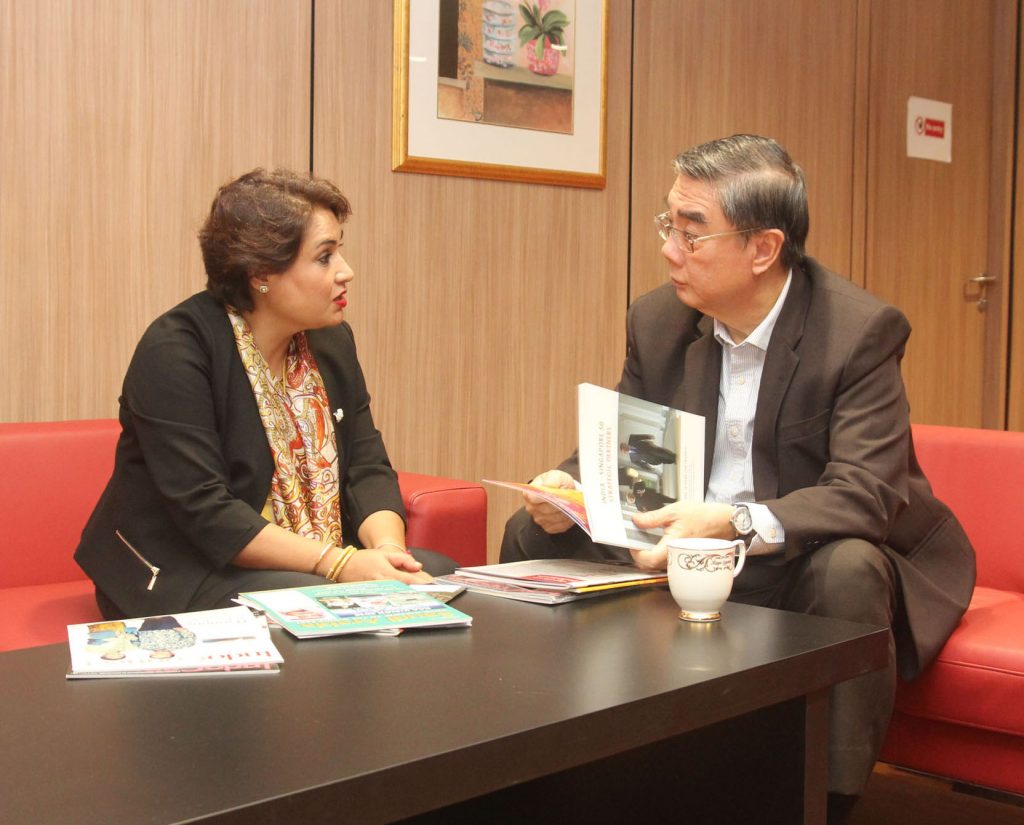
The ASEAN region is multi-religious, multilingual and multi-ethnic. What about matters of interfaith discord in the region?
ASEAN has also become more visible in promoting regional cooperation, both among its Member States and with non-Southeast Asian countries. As you see the region – SE Asia, East Asia, the Pacific Islands… they are all different… they all have their own religious leanings, as a result of which there are disparate cultures and societies across this part of the world. But that does not mean we cannot co-exist. And nations should not allow radical elements to take over this peaceful co-existence.
How has Singapore experienced this interfaith – co-operation?
Because we started this very early, we have looked at the potential challenges earlier than the others are wont to do. We think Singapore has a better grip on some of these challenges. The main thing is not to allow small elements of any differences in religious public discourse to become a big national issue. So we hope to continue and share this approach with other nations in the region. Our harmonious way of handling differences is the foundation of Singapore’s future. It’s not a fail-proof way, but it does help us create a platform to get everyone together for discussing how to tackle the differences.
Trafficking of human beings and terrorism continue to be a growing issue in the region. How can member states of ASEAN address this menace?
ASEAN Member States deal with both internal and external threats at various levels – the police, the ministry in charge. At the end of the day, however, you just cannot rely on an ASEAN Action Plan or a ministerial statement to root out the problem. Even the legally-binding ASEAN Charter is not enough. Another more comprehensive approach, I feel, is to mobilise society as a whole to counter these elements of disharmony. I think this is something Singapore can share with the region … to address crime, security and peaceful co-existence. We need to mobilise our society to work with the authorities to deal with the aftermath, say, of a terrorist attack or other such dangerous situations. We must keep in mind that if an untoward situation is happening in the country, it affects everybody. We cannot sit back and say it’s a police problem … or whatever. We all have to share this responsibility.
How does one motivate youth so that they don’t become a target for radical forces that can jeopardize the region’s security?
Many of the 630 million people in ASEAN are young people. The most dangerous thing is to have no jobs for our youth. We must not let this happen. Having a job is what motivates us to see that life will be better not only for us and our children but even our grandchildren. Be future-ready with the right skills is my take on this. Growth, technology and developing the youth should be addressed as three key issues to drive the ASEAN Community in a swiftly changing challenge-filled global environment.
Please expand on this theme a bit…
Initiatives are being taken in ASEAN to equip our youth with skills that will help them get jobs, good homes, suitable medical care, etc. It will provide them the ability to thrive in a digital economy. With an ever growing youth population increasingly equipped with smartphones and computers, we have a big opportunity to enhance the development of new digital services.
ASEAN needs to foster digital innovation and strengthen local economies through the digital platform. ASEAN is recognized globally as a digital industry hub and has the potential to be ranked among the world’s top five digital economies by 2025.
ASEAN has improved with more qualified experts in their respective domains, more education across the board and a visionary plan to grow in all ways. ASEAN dialogue partners continue to strengthen ASEAN through various capacity-building programmes which provide significant support in various sectors. These dialogue partners are an important part of the resources of ASEAN as a body. Our challenge is to work out a systematic way to harness such resources. There are contentious issues that sometimes need to be addressed – such as human rights or crises like the Rohingya question in Myanmar. Yet it is seen that ASEAN has tried to manage these problems in a manner which preserve peace and unity.
How does ASEAN address something like the Rohingyas issue?
We need to find a way. In politics everything is possible. The point is not to be dogmatic … one needs to be open-minded about some aspects. Some people are calling it ethnic cleansing … Actually outsiders don’t always know the full truth. The thing is people who build glass houses should not throw stones. There are other ways to solve the problem, and ASEAN is prepared to look for it. It is important for us to work with the authorities in Myanmar because if we don’t work with them, whatever solution we will get will be only temporary. There is always a peaceful way to resolve a crisis, if we look at the situation in a more reasonable, more hopeful manner. It’s not very easy …but it’s not a lost cause. There cannot be snap decisions for these things, which is what some people may be looking for.
The thing here is that:
(a) It is important to have an understanding of what are the issues at stake. (b) First things first – Ideology is one thing, but the refugees issue has to be addressed and we have to see where ASEAN can contribute.
(c) There is a plan set up by Kofi Annan and his team. Somehow we have to find a way to get that plan in operation as there doesn’t seem to be any other viable plan forthcoming. So let’s try and do what we can.
(d) The fact of the matter is that so many people in Bangladesh are affected by the flow of refugees and they can’t handle this alone. Everyone must appreciate that there can be a way to manage this. One may not be able to solve all the problems, but let’s at least try and manage it better.
What about support from NGOs in human-interest matters?
ASEAN, as a group, must engage with the other half of society, what we call the NGO sector which is a very important part of our lives. In the Philippines, Thailand and even in Myanamar, this sector is very vibrant because they are such big countries and the government cannot handle everything. The NGOs play an important role. Also because they have good resources from their contacts around the world, you find that they are very active in the sphere of environment issues, women-related affairs etc.
At the ASEAN Summit in Pattaya (Thailand) some years back, Thailand emphasized a lot on the critical role and work of the NGOs, as they connected the ASEAN decision makers with the NGO sector. In Singapore we are doing resilient and innovative activities. We need relevant initiatives in Singapore to have the NGOs work with the government. There are certain things the government can do; what it cannot do should be left to the other parts of society to try and deliver. Government can provide some of the resources needed. I feel if we start moving in this direction, our citizens will be less dependent on the government and there will be a sharing of responsibilities.
INDIA & ASEAN and the Singapore Chair Factor in 2018
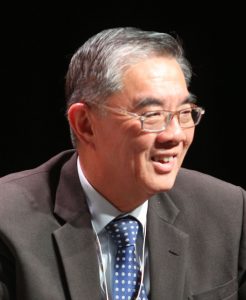
As you look back over these past 25 years please tell us a bit about the progress of ASEAN-India as dialogue partners.
ASEAN-India relations have had their ups and down. Currently we are moving to another upturn. In a few weeks all 10 ASEAN leaders will meet in New Delhi to join Prime Minister Narendra Modi in the celebrations and ceremonies of India’s Republic Day. Hopefully, with that kind of political impetus we can get all the officials to accelerate the programmes that are in play in their respective sectors.
What is your take on bilateral matters between the two regions?
Negotiations on bilaterals in ASEAN-India relations are moving slowly basically because there are so many areas to cover and everybody is anxious for their respective positions. I think if the officials and negotiators follow the cue from the Prime Minister of India and ASEAN leaders, there can be some positive compromise.
What about the prospect of India’s greater engagement in the ASEAN region now?
We need to acknowledge India’s role in the bigger regional matters such as safety and security in the Indian Ocean, piracy issues in the Arabian Sea and the problems in the Bay of Bengal. These are also areas which we really need to work on together. With China’s Belt & Road Initiative (BRI), some people feel that there are some disadvantages because the Chinese projects with Sri Lanka and Pakistan have attracted controversies. But I think if we move more in the direction of mutuality and ASEAN and India talk about things of mutual interest, such as the RCEP (of Regional Comprehensive Economic Partnership), there will be a more cooperative mood and things can mature in a better way. Both sides will be the richer for it. ASEAN wants to focus on pushing forward the RCEP, which would materialize in a higher level of trade and investment flows.
What is your reaction to the pace of engagement on this front?
look at it positively. There must be give and take in this engagement. It is just a question of coming together to see how we can offer each other additional support in our endeavour together. The RECP is a big deal. I suppose there are now people who believe that India’s priority is to get foreign investment into many sectors as it is recognized as a global power; so what happens in trade negotiations is left to the respective ministries which naturally tended to take a more parochial position – a more sectoral approach.
And the future of ASEAN-India co-operation?
I think ASEAN – India should have more cooperation. It is something we can do. Hopefully, in the coming years we will see more ASEAN -India cooperation. Further down the road we can see other things happening as well, but one thing that is on the horizon, which I think we can move in a big way is the Indo-Pacific concept. For a long time there has been talk of this in the Asia-Pacific region, and there has been a big buzz in intellectual circles in Singapore as to what this means. I think it’s a good thing to have another big country in the region to be more actively engaged in the world of Asia. We want India to be there. We want the Indian Ocean to be a part of the dialogue and engagement. The more we talk about Indo-Pacific the more we see the value of ASEAN. ASEAN is very important as it is geographically, physically and politically in the middle of this Indo-Pacific region. This idea of Indo-Pacific would offer a good platform to strengthen ASEAN centrality and at the same time maintain its traditional role to bring all the big countries together to look at all the various possibilities in the region. So yes, there’s a lot of potential; it’s just also about how opportunities can be used to find a way to focus on the beneficial aspects instead of looking just at the differences amongst us. There will always be differences—but it is always better to look forward and see how we can focus on the cooperative aspect rather than get depressed about the diversity and difference of opinions amongst us. ASEAN is very diverse, yet we are also part of a whole. The good thing is that all of us want peace…to grow and create opportunities. I think for the leaders to be a catalyst for growth and development for all concerned they need to synergise and come together more strategically. I feel there is a great deal of dynamism in there which can be better utilized for a brighter future.
